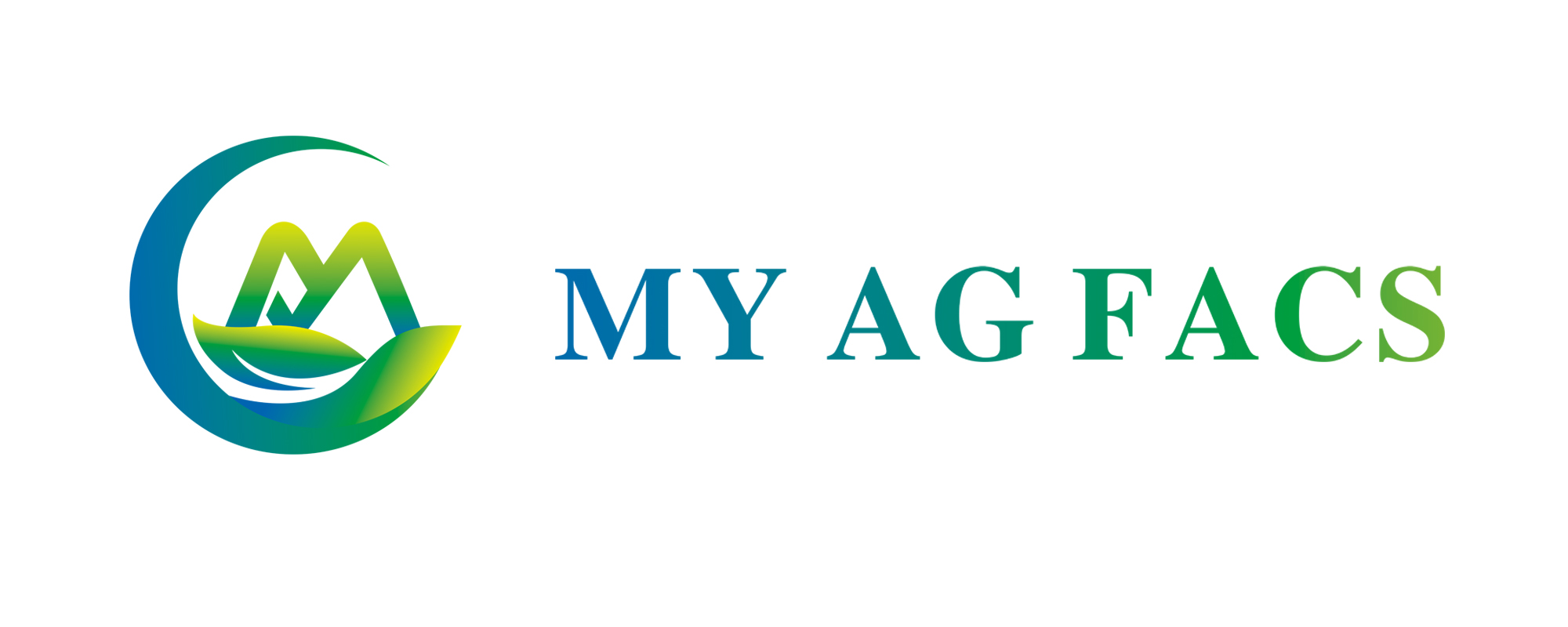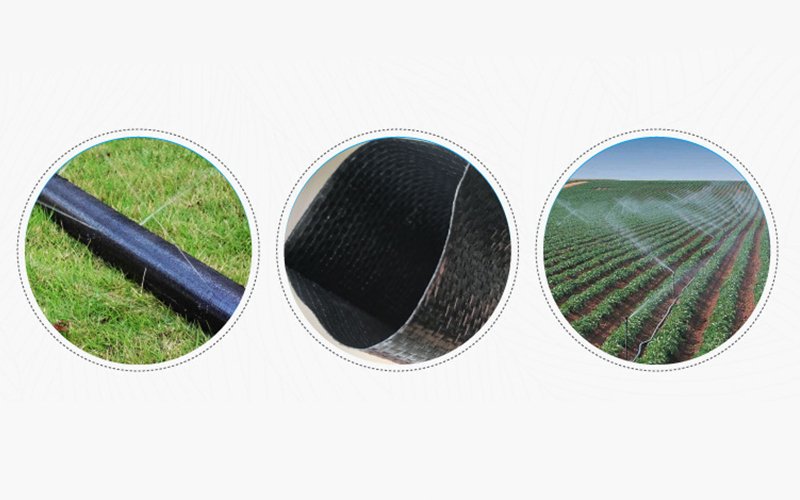
When selecting an agricultural water belt, there are several factors to consider to ensure it meets the requirements of your irrigation system. Here are some key considerations:
1. Water Delivery Capacity: Determine the desired water delivery capacity or flow rate needed for your agricultural irrigation system. This will depend on factors such as the size of your field, crop water requirements, and irrigation method. Choose a water belt with an appropriate diameter and flow rate to match your needs.
2. Material: Agricultural water belts are typically made from materials like PVC (polyvinyl chloride) or rubber. Consider the durability and longevity of the material, as it will be exposed to various weather conditions and potential wear and tear. Look for a water belt that is resistant to UV rays, abrasion, punctures, and chemicals commonly found in agricultural environments.
3. Pressure Rating: Determine the water pressure required for your irrigation system. Ensure that the selected water belt can handle the desired pressure without bursting or leaking. Higher pressure ratings are generally preferred for efficient water distribution over long distances.

4. Length: Consider the length of the water belt needed to cover your irrigation area effectively. It's advisable to measure the distance from the water source to the farthest point of the field and select a water belt that can reach that distance without compromising water pressure.
5. Fittings and Connections: Ensure that the water belt you choose has compatible fittings and connectors for your irrigation system. Common fittings include quick-connect couplings or threaded connectors. Make sure the fittings are secure and provide a leak-free connection.
6. Flexibility and Coilability: Look for a water belt that is flexible and easy to maneuver around your agricultural field. Flexible belts are less prone to kinking and tangling, which can disrupt water flow. Additionally, consider if the water belt is coilable for convenient storage and transportation.
7. Accessories and Compatibility: Check if the water belt is compatible with other irrigation accessories, such as sprinkler heads, emitters, or connectors. This will allow you to easily integrate the water belt into your existing irrigation setup.
8. Cost and Warranty: Compare prices and consider the overall value for money. Look for a reputable brand or supplier that offers a warranty or guarantees the quality of the water belt.
Remember to properly maintain and store the water belt to prolong its lifespan. Regularly inspect it for any signs of wear or damage and repair or replace as necessary.
Consulting with irrigation experts or professionals in your area can provide valuable guidance in selecting the most suitable agricultural water belt for your specific needs.